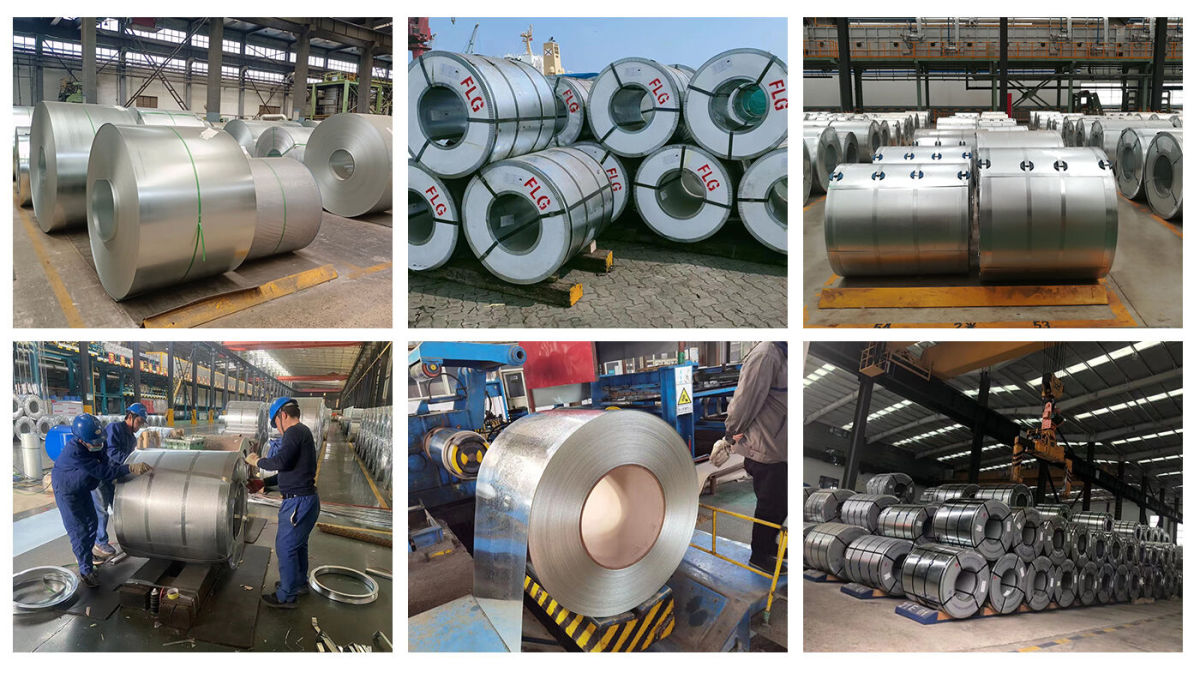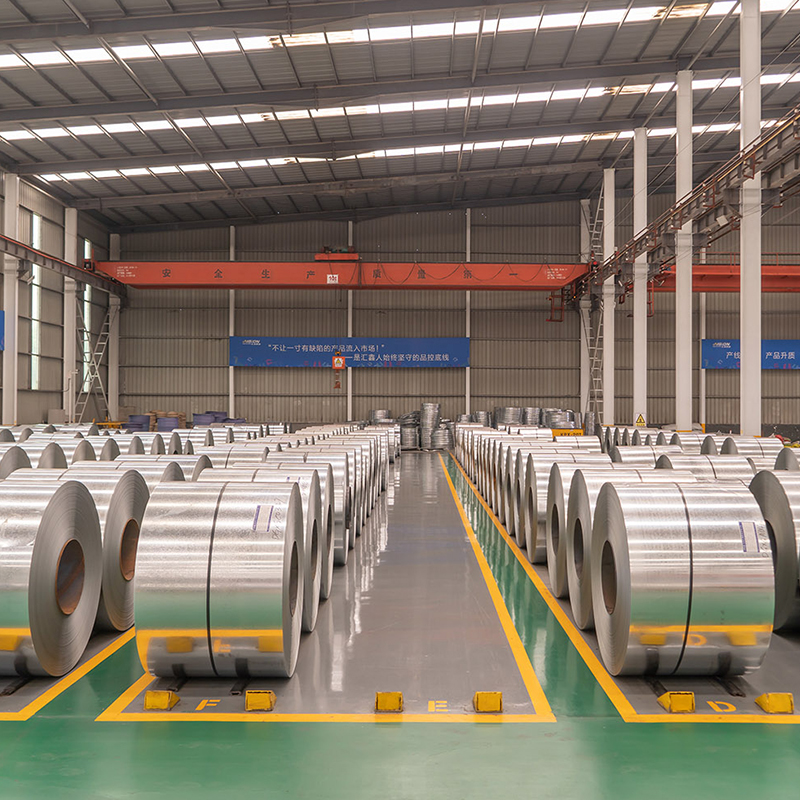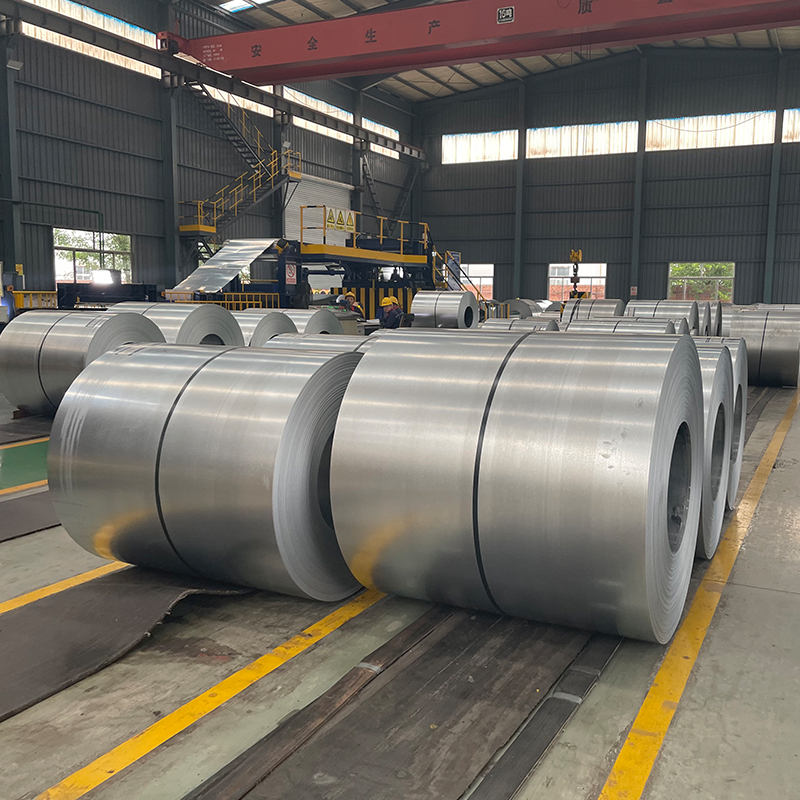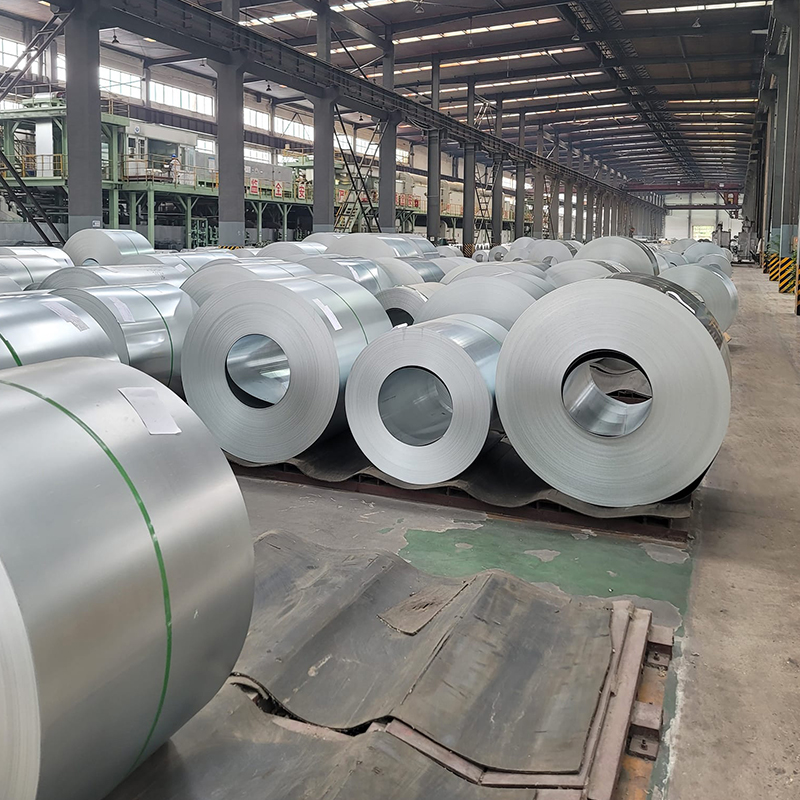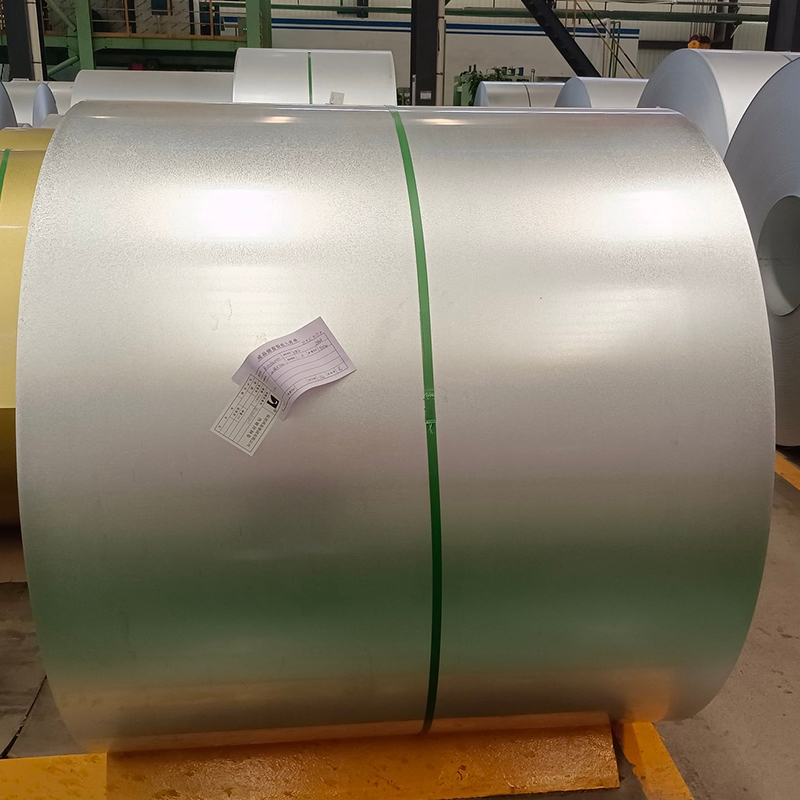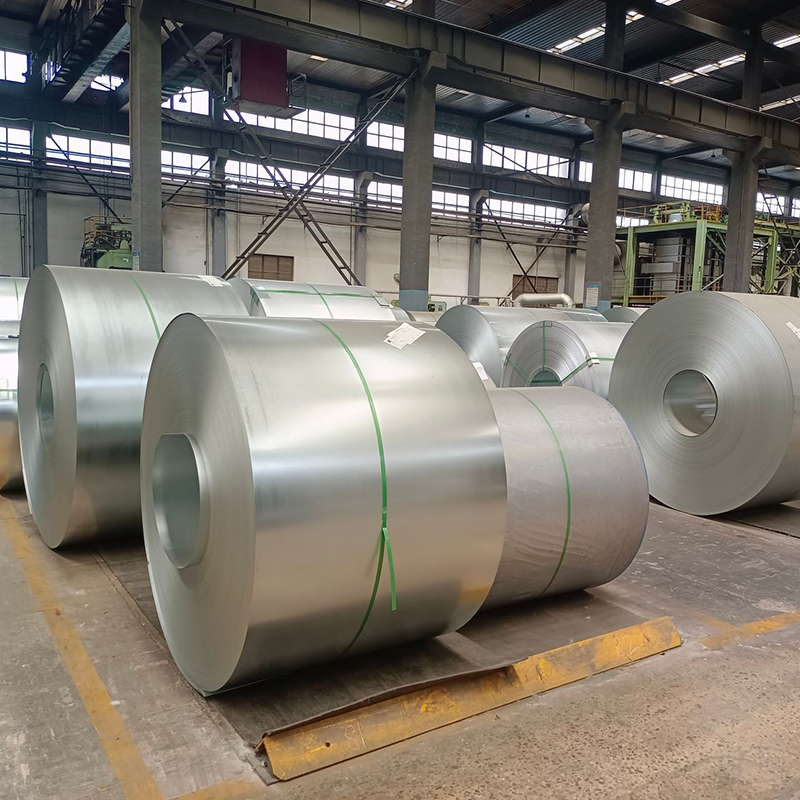
PRODUCTS
SPHERICAL PLAIN BEARING
Produced from:HGF
Introduction:
Spherical plain bearing is a spherical sliding bearing whose sliding contact surface is an inner spherical surface and an outer spherical surface. It can be rotated and oscillated at any angle during movement. It is made by surface phosphating, blasting, inlaying, spraying and other processing methods.
Spherical plain bearings have the characteristics of large load capacity, impact resistance, corrosion resistance, wear resistance, self-aligning and good lubrication.
Spherical plain bearing is a spherical sliding bearing whose sliding contact surface is an inner spherical surface and an outer spherical surface. It can be rotated and oscillated at any angle during movement. It is made by surface phosphating, blasting, inlaying, spraying and other processing methods.
Spherical plain bearings have the characteristics of large load capacity, impact resistance, corrosion resistance, wear resistance, self-aligning and good lubrication. According to different types and structures, it can bear radial load, axial load or combined radial and axial load. The application scenarios are: water conservancy and professional machinery.
Our company distributes bearings of major brands with sufficient inventory.
We professionally provide GE/GEH/PHS/POS type bearings to provide you with the best quality service! If you have any needs, we can also provide you with brand (such as NTN, FAG, SKF, etc.) alternative services to meet your needs! Welcome to consult!
AZ55 Galvalume Steel Coil
Galvalume steel coil is a type of steel with a coating of aluminum and zinc, protecting it from oxidation.
Galvalume steel coil is a type of steel coil that has a coating of aluminum-zinc alloy, which is applied to it through a continuous hot-dip process. The coating provides corrosion resistance to the steel. It is ideal for use in outdoor environments and in applications where moisture and humidity are present.
Galvalume steel coils are commonly used in roofing, siding, and other construction applications. They offer a combination of durability, corrosion resistance, and heat resistance that makes them a popular choice in extreme environmental conditions.
The name “Galvalume” is a combination of “galvanized” and “aluminum,” reflecting the fact that the coating is made up of both materials. The coating consists of aluminum (55%), silicone (1.6%), and zinc (43.4%).
Standard
Galvalume steel coil is manufactured according to different standards. It depends on the country or region where it is produced and used. Here are some examples of standards that are commonly used for galvalume steel coil:
ASTM A792: This is the standard specification for steel sheets coated with a 55% aluminum-zinc alloy by the hot-dip process. This standard covers galvalume steel coil for use in architectural, building, and construction applications.
JIS G 3321: This is the Japanese Industrial Standard for hot-dip, 55% aluminum-zinc alloy-coated steel sheet and strip. It covers galvalume steel coil for use in industrial and civil engineering applications.
EN 10346: This standard refers to the European standard for hot-dip coated steel flat products for cold forming. This standard covers galvalume steel coils and sheets for use in construction applications.
AS 1397: This is the Australian standard for steel sheet and strip, hot-dipped zinc-coated or aluminum zinc-coated. It covers galvalume steel coil and sheet for use in building and construction applications.
These standards specify the requirements for the different characteristics of galvalume steel coils. It includes the chemical composition, mechanical properties, dimensions, and surface quality of the products. The international standard-setting bodies ensure that the galvalume steel coil produced in different countries meets certain quality and performance standards.
Galvalume Life Expectancy
Galvalume steel coils are resistant to corrosion and rusting, which means they can last for several decades even in harsh environments. According to research, galvalume has proven its outstanding performance in North America, which is prone to extreme conditions such as winter and acid rain.
The outdoor exposure tests on actual building installations prove that Galvalume steel sheets and coils are more resilient and have better corrosion resistance than zinc-coated sheets with the same coating thickness under the same harsh conditions. The steel’s service life expectancy can reach an average of up to 35 years without regular maintenance.
The test also revealed that the service life of Galvalume could reach 40 to 60 years in both rural and industrial environments. The study consists of atmospheric tests in which researchers used flat coupon samples over a span of 17 years in Canada and over 36 years in the United States.
Galvalume Specifications ASTM A792 / A792M
Aluzinc Steel Coil Process
Decoiling – Cleaning – Annealing – Zinc pot – Cooling – Air knife – Straightening – Post-treatment – Coiling
Galvalume has an alloy coating of 55 percent aluminum, 43.5 percent zinc, and 1.5 percent silicon during the hot-dip process. Silicon acts as a barrier against the development of a breakable intermetallic layer. This layer develops during the hot-dip processing while the zinc coating takes place.
The molten coating and steel sheet interact during the manufacturing, affecting the coating’s adhesion during applications. The hard and brittle intermetallic alloy layer must remain thin during processing by adding silicon to the 55 percent aluminum-zinc bath. Silicon helps control the expansion of the alloy layer, making it formable during application.
Silicon does not have a role in preventing corrosion. Some applications of aluminum-zinc-silicon alloy-coated steel were not effective in deep drawing. Instead of using steel coils or sheets with a 55 percent aluminum-zinc-silicon alloy, customers prefer galvanized sheets.
Recent coating technology uses clear resin coatings known as 55 percent Al-Zn Plus, which are effective in some applications of deep drawing.
FEATURES OF ALUZINC STEEL COIL
Superior long term corrosion resistance allows aluzinc steel coils to outperform galvanized coating by 2 to 6 times
2.The density of 55% aluminum is smaller than that of zinc. With the same weight and thickness of the plating layer,the area of the galvalume steel sheet is 3% or larger than that of a galvanized steel sheet.
Galvalume Sheet vs. Galvanized Sheet
Galvalume sheet and galvanized sheet are types of coated steel sheets for various applications. Here are some differences between galvalume sheet and galvanized sheet:
Corrosion Resistance: Galvalume sheet offers better corrosion resistance compared to galvanized sheet because of the aluminum and silicon in its coating. Galvalume sheet has been shown to provide up to two to four times longer service life compared to galvanized sheet in some applications. Galvanized sheet is prone to corrosion because it does not have silicon and aluminum coating.
Composition: Galvalume sheet is made of a combination of zinc, aluminum, and silicon, while galvanized sheet is coated with pure zinc.
Surface Appearance: Galvalume sheet has a shiny, spangled surface, while galvanized sheet has a matte surface.
Formability: Galvalume sheet is more formable than galvanized sheet. This is due to its lower coating weight and higher ductility. This makes it easier to work with and bend into different shapes.
Cost: Galvanized sheet is generally cheaper than galvalume sheet due to its simpler coating composition.
Popularity: Galvalume is a popular choice in metal roofing in the agricultural, commercial, residential, and industrial sectors.
